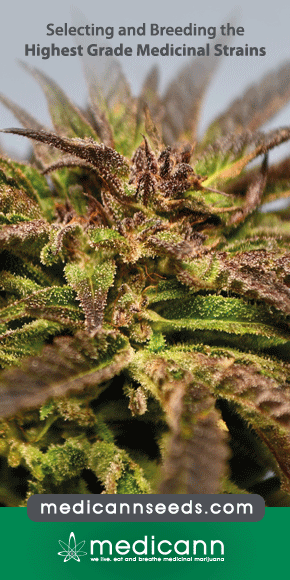Cannabinoids for Treatment of MS Symptoms: State of the Evidence
Cannabis and cannabinoids have been used medically and recreationally for thousands of years and recently there has been a growing body of research in this area. With increased access now that medical marijuana is available in many jurisdictions, patients and providers want to know more about the evidence for benefits and risks of cannabinoid use. This paper provides an overview of the available cannabinoid-based formulations, a summary of the highest quality evidence for the use of cannabinoids for treating spasticity and pain associated with multiple sclerosis .


